Table of Contents
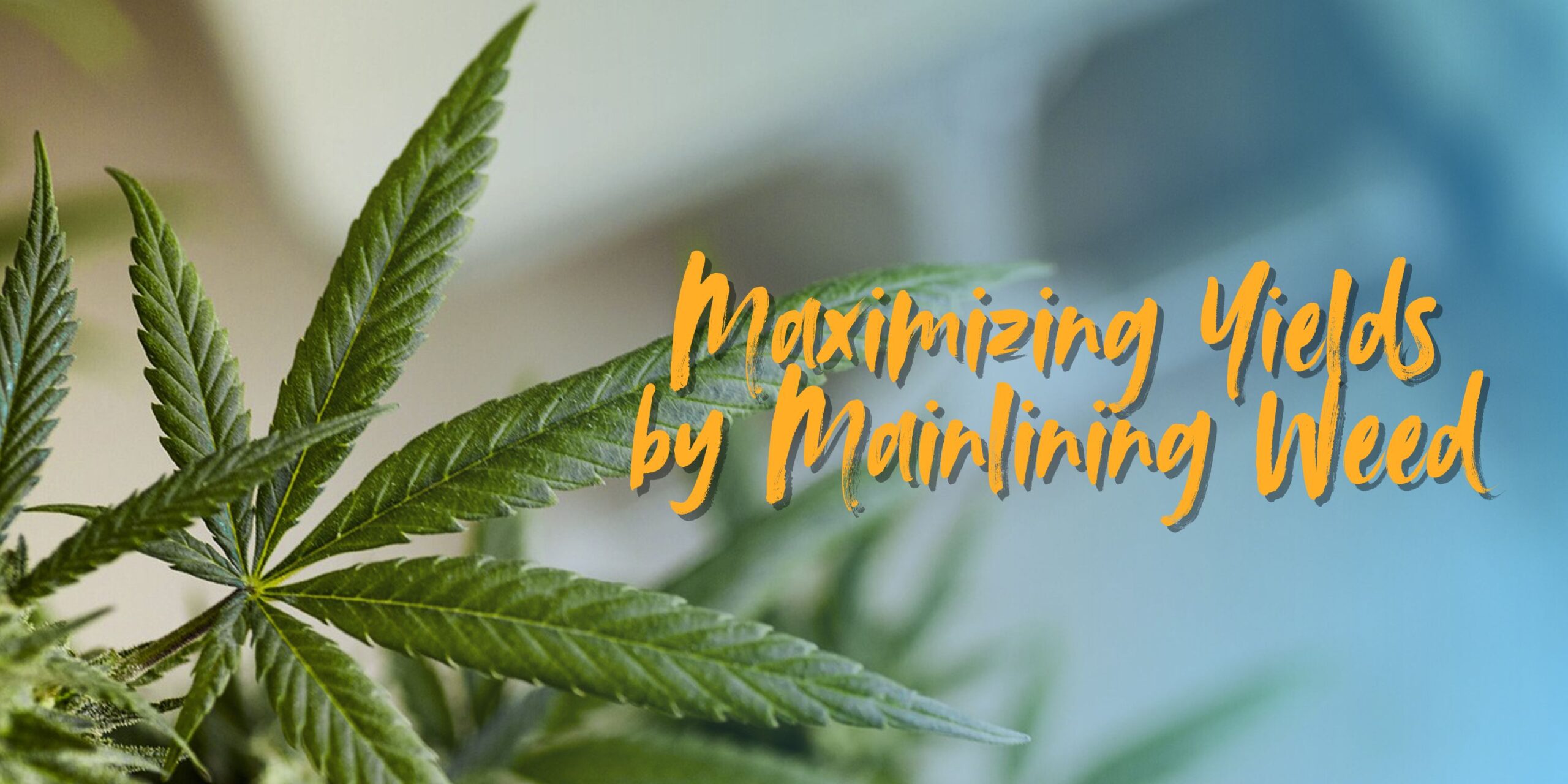
Designed to maximize cannabis growing by generating a symmetrical, structured plant canopy, the mainlining is a complex kind of plant training. The mainlining weed is a way to carefully cut and shape the plant so it grows evenly, using low-stress training (LST), which helps it capture more light and use energy better. If done correctly, the primary lining can greatly improve the efficiency of a grow operation, hence producing better, healthier cannabis flowers.
Unlike typical pruning procedures that would promote uneven development and aberrant bud set, Mainlining forces the plant to develop a central manifold—a manifold that distributes nutrients and energy through the plant in an equal manner. This approach directs the energy of the plant into a specific number of primary colas, hence preventing wasteful growth and producing more consistent output.
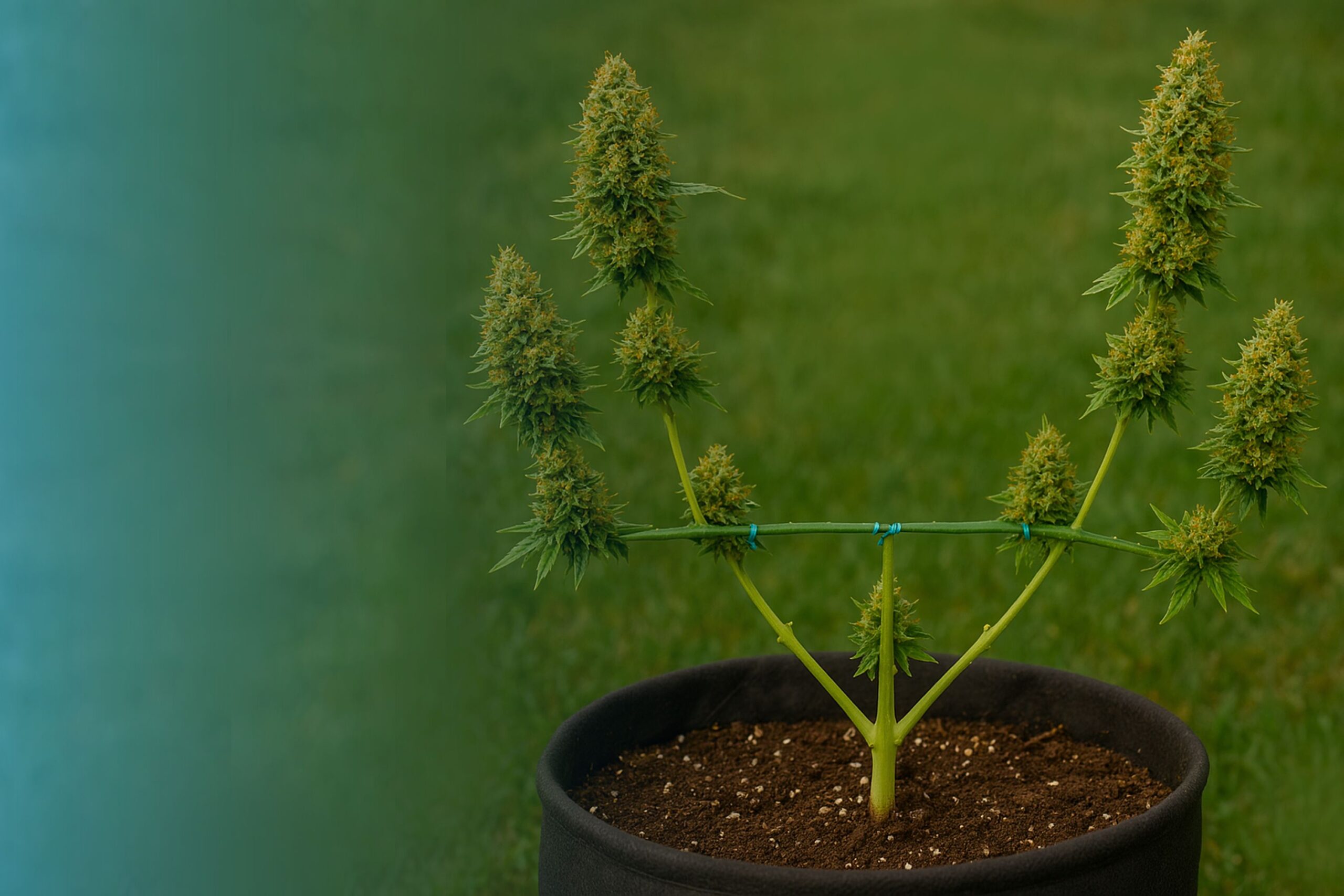
Main lining is probably the finest way to ensure that every part of the plant develops high-quality buds. Left to its own devices, cannabis plants usually generate one leading cola with smaller buds on lower branches getting less light and nutrients. Some buds are strong and thick while others are tiny and immature, which results an uneven crop. Farmers that use the cannabis mainlining method can develop several regularly spaced colas to which equal resources will be assigned, hence producing a more plentiful and even harvest.
Canopy Management and Enhanced Light Penetration
The availability of light to every part of the cannabis plant is among the most crucial obstacles in growing it. If you allow the plant to grow organically, the dominant cola will cover smaller branches, restricting light access and resulting in fewer developed buds. Mainlining trains the plant into a level, flat canopy so all branches get the same amount of light, hence preventing this from developing. Letting all colas grow at the same pace, it not only raises the overall yield but also the quality of buds.
Lower Risk of Disease, Pests, and Mold
A well-organized mainlining weed plant has improved air circulation, hence lowering humidity in the canopy. High humidity and limited air movement create an environment especially on thick, bushy plants that promotes mold and pest infestation. Mainlining eliminates these problems and makes it easier to maintain a healthy growing environment by training the plant into an open, regularly spaced structure.
The symmetrical character of mainlining also helps to simplify the examination and treatment of the plant in case any negative situations. Farmers can quickly spot early indicators of diseases or pests and act on them before issues arise. Healthier plants follow from this since they need less work, thus a more effective and cleaner grow operation.
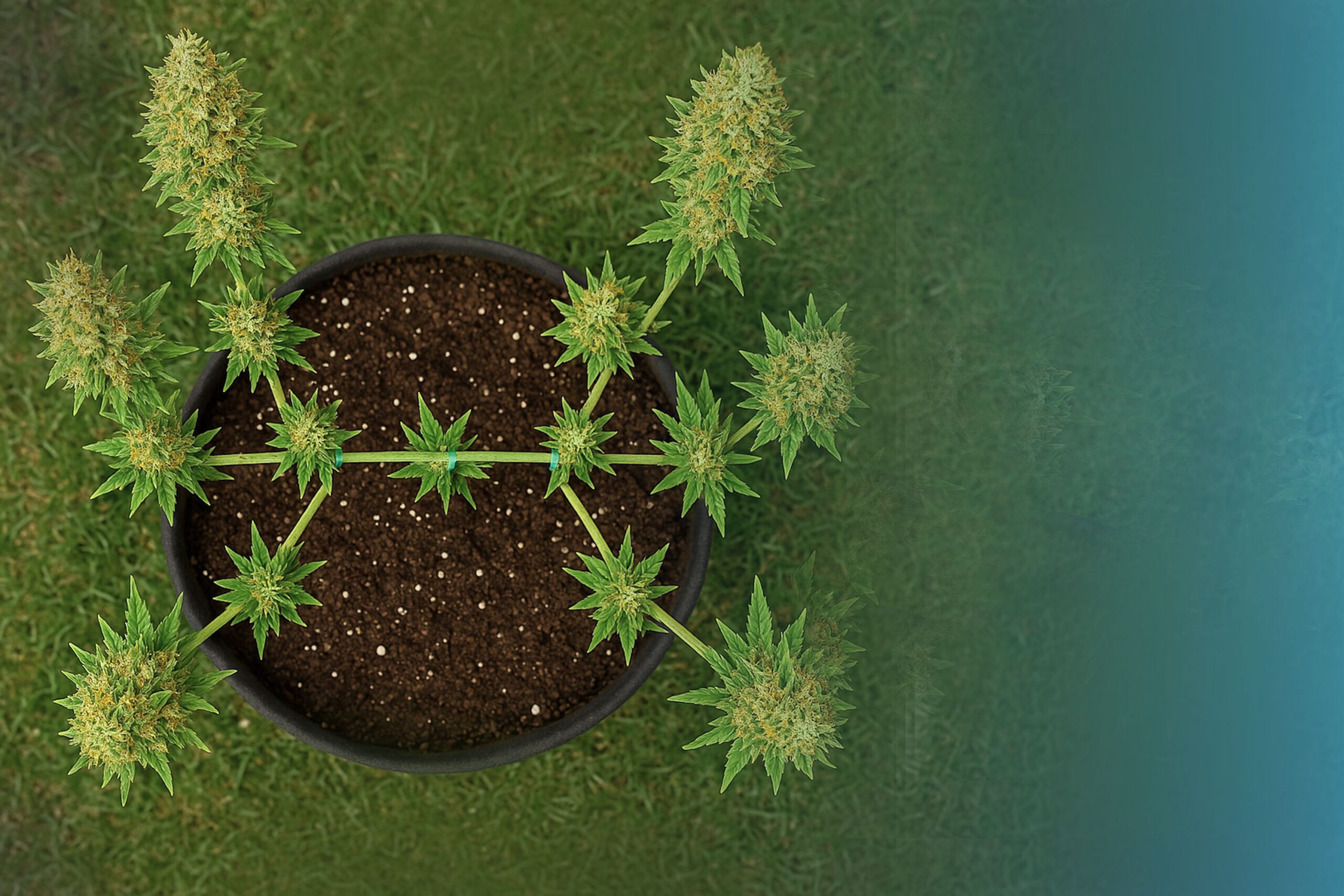
Having the correct tools to allow precision and efficiency will help you start the mainlining procedure. The following tools will enable you to effectively implement this approach:
The correct instruments guarantee that every stage of the mainlining operation runs properly and with the least unneeded load on the plant.
Making the First Manifold
1. Topping Timing
Start mainlining once your plant has reached at least 5–8 nodes. While post-maturity may make training more difficult, premature topping will hinder growth.
2. Top First
Cut straight above the third node using clean, sterilized pruning shears. Lateral development is encouraged when apical dominance is removed.
3. Eliminating Downward Growth
Remove all side shoots up to the third node to guide energy to the primary colas. This sends all the growth to the two most dominant branches.
4. Securing the Main Branches
Horizontally, gently tie down the two prominent branches so they are level with the ground. This guarantees uniform development and lays the groundwork for a well-structured manifold.
1. Make Room for New Development
Top the next one after waiting till the two main branches have at least four nodes.
2. Topping Two
Cut each of the two main branches slightly above the third node. This will result in four evenly spaced branches.
3. Developing the New Growth
Horizontally fasten the new branches and adjust the plant ties as required to keep an even canopy.
4. Defoliating When Required
To increase light penetration and air circulation, remove extra fan leaves obstructing light passage to bud sites.
Even seasoned farmers err while mainlining. Below are some of the most common mistakes and tips on how to prevent them:
An extremely effective training method that can significantly increase cannabis yields, enhance bud quality, and optimize light delivery is mainlining. With little care, growers that strictly follow a disciplined schedule and appropriate recovery times can generate high-yielding, consistent crops. Indoor and outdoor grows, respectively, provide a tested and true way for farmers to reach optimum harvesting potential while keeping a clean, uncluttered growing space. This approach can result in better yields and a more efficient growing process with proper execution and patience.
1. Can autoflowering cannabis plants be main lined?
Autoflowers have a brief vegetative phase, hence Mainlining is not advised. Training and topping are taxing and cause poor growth and lower production. But, if done, it should be a very early effort with less topping.
2. Mainlining takes how long?
Depending on the amount of toppings and how fast the plant recovers, the technique usually lengthens the vegetative cycle by another 2–4 weeks. But usually, that additional period pays off with exceptionally greater yields.
3. Which strain works best for the major lining?
The best are strains with strong, healthy growth and good topping recovery. Good choices include tough sativa strains like Blue Dream, Gorilla Glue, and Indica-dominant hybrids.
4. May I main-line many plants simultaneously?
Sure, but it requires ongoing space management and monitoring. Every plant has to be given enough room to spread its branches out equally without overwhelming the developing region.
5. Does the main lining require additional nutrients?
Not always, but to guarantee recovery after topping, plants will require more nitrogen in the vegetative phase. To prevent overfeeding or nutrient deficiency, one should have a well-balanced diet of nutrients.
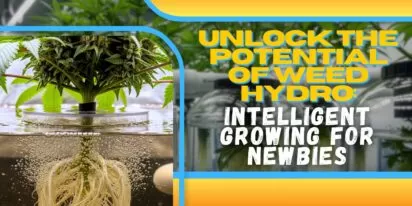
Curious about growing weed in a healthy, effective way? Welcome to the realm of weed hydro! This method uses water instead of soil, delivering n
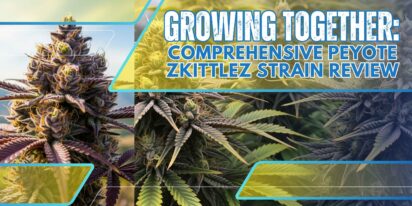
Peyote Zkittlez is a unique cannabis strain that has quickly gained dedicated followers among enthusiasts and patients alike. Its parentage—Zk
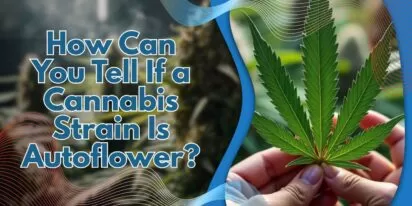
As growers, we want strains that work well, are strong, and are of good quality. Autoflowering cannabis strains are a big step forward for both
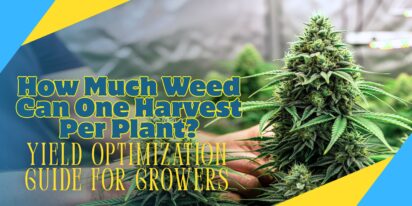
Pot growers always ask the same basic question: How much weed does a weed plant produce? The answer is complex and depends on a multitude of var

Ever had the room spin after a few hits? You're not alone. Figuring out how to prevent getting dizzy high can make your cannabis experience a wh
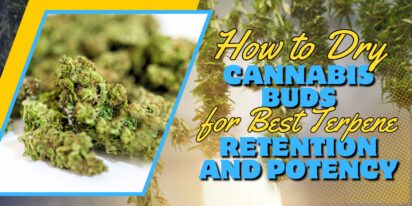
Drying cannabis properly is a critical process in preserving the plant's full aroma and flavor and its psychoactive abilities. Tampering with th

Ever caught yourself a bit too high and all of a sudden in need of being normal? Whether you're heading out for munchies or bumping into someone

Looking for sage advice on how not to get pinched with weed without batting an eye? Attempting to protect your stash from gossipy roommates, sno
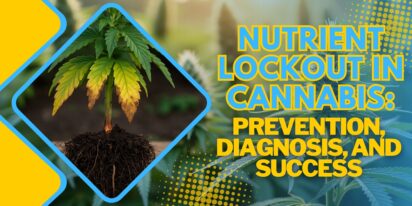
Nutrient lockout, also known as nutrient binding or chemical antagonism, is a significant issue in cannabis cultivation that negatively impacts
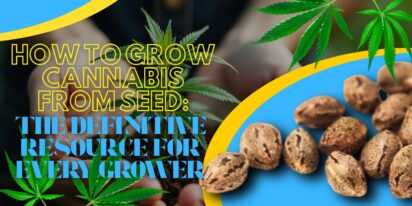
Germination is the most critical initial stage in growing healthy, high-quality cannabis plants. During germination, the dormant seed becomes a
Are You 18 Or Over?
By selecting “Continue”, you confirm that you are at least 18 years of age and legally permitted to access cannabis related content in your region.
By using Rocketseeds.com, you agree to our legal disclaimer.
Excellent blog here Also your website loads up very fast What web host are you using Can I get your affiliate link to your host I wish my web site loaded up as quickly as yours lol
Your writing is not only informative but also incredibly inspiring. You have a knack for sparking curiosity and encouraging critical thinking. Thank you for being such a positive influence!
Simply wish to say your article is as amazing The clearness in your post is just nice and i could assume youre an expert on this subject Well with your permission let me to grab your feed to keep updated with forthcoming post Thanks a million and please carry on the gratifying work
Somebody essentially lend a hand to make significantly articles Id state That is the very first time I frequented your website page and up to now I surprised with the research you made to make this actual submit amazing Wonderful task
Your blog is a beacon of light in the often murky waters of online content. Your thoughtful analysis and insightful commentary never fail to leave a lasting impression. Keep up the amazing work!
Thank you for the auspicious writeup It in fact was a amusement account it Look advanced to more added agreeable from you By the way how could we communicate
Your blog is a constant source of inspiration for me. Your passion for your subject matter shines through in every post, and it’s clear that you genuinely care about making a positive impact on your readers.
Your blog is a constant source of inspiration for me. Your passion for your subject matter is palpable, and it’s clear that you pour your heart and soul into every post. Keep up the incredible work!
Your articles never fail to captivate me. Each one is a testament to your expertise and dedication to your craft. Thank you for sharing your wisdom with the world.
Your blog is a testament to your dedication to your craft. Your commitment to excellence is evident in every aspect of your writing. Thank you for being such a positive influence in the online community.
Your writing has a way of resonating with me on a deep level. I appreciate the honesty and authenticity you bring to every post. Thank you for sharing your journey with us.
Your blog is a true gem in the world of online content. I’m continually impressed by the depth of your research and the clarity of your writing. Thank you for sharing your wisdom with us.
Hi i think that i saw you visited my web site thus i came to Return the favore Im attempting to find things to enhance my siteI suppose its ok to use a few of your ideas
Somebody essentially help to make significantly articles Id state This is the first time I frequented your web page and up to now I surprised with the research you made to make this actual post incredible Fantastic job
Usually I do not read article on blogs however I would like to say that this writeup very compelled me to take a look at and do so Your writing taste has been amazed me Thanks quite nice post
Your blog has quickly become one of my favorites. Your writing is both insightful and thought-provoking, and I always come away from your posts feeling inspired. Keep up the phenomenal work!
Every time I visit your website, I’m greeted with thought-provoking content and impeccable writing. You truly have a gift for articulating complex ideas in a clear and engaging manner.
Hey there You have done a fantastic job I will certainly digg it and personally recommend to my friends Im confident theyll be benefited from this site
I have read some excellent stuff here Definitely value bookmarking for revisiting I wonder how much effort you put to make the sort of excellent informative website
Nice blog here Also your site loads up very fast What host are you using Can I get your affiliate link to your host I wish my site loaded up as quickly as yours lol
What i do not understood is in truth how you are not actually a lot more smartlyliked than you may be now You are very intelligent You realize therefore significantly in the case of this topic produced me individually imagine it from numerous numerous angles Its like men and women dont seem to be fascinated until it is one thing to do with Woman gaga Your own stuffs nice All the time care for it up
Your blog is a beacon of light in the often murky waters of online content. Your thoughtful analysis and insightful commentary never fail to leave a lasting impression. Keep up the amazing work!
Your blog is a breath of fresh air in the often stagnant world of online content. Your thoughtful analysis and insightful commentary never fail to leave a lasting impression. Thank you for sharing your wisdom with us.
Your blog is a beacon of light in the often murky waters of online content. Your thoughtful analysis and insightful commentary never fail to leave a lasting impression. Keep up the amazing work!
Usually I do not read article on blogs however I would like to say that this writeup very compelled me to take a look at and do it Your writing style has been amazed me Thank you very nice article
Your writing has a way of resonating with me on a deep level. I appreciate the honesty and authenticity you bring to every post. Thank you for sharing your journey with us.
This hydroponics guide is quite the buzz, seriously! Who knew growing weed without dirt could be so complicated yet potentially rewarding? The breakdown of systems like DWC and NFT is helpful, though I suspect my cat might confuse the air pump for a toy. The idea of cleaner buds is tempting, especially since explaining hydro weed to my non-growing friends might get messy. And the bit about potential dizziness from hydro weed? Perfect, now I have an excuse for why I always stumble a bit after a grow session. Still, the promise of faster grows and higher yields is hard to ignore, even if it means more trips to the pH meter than to the coffee shop. Overall, a cultivating read for the curious grower!